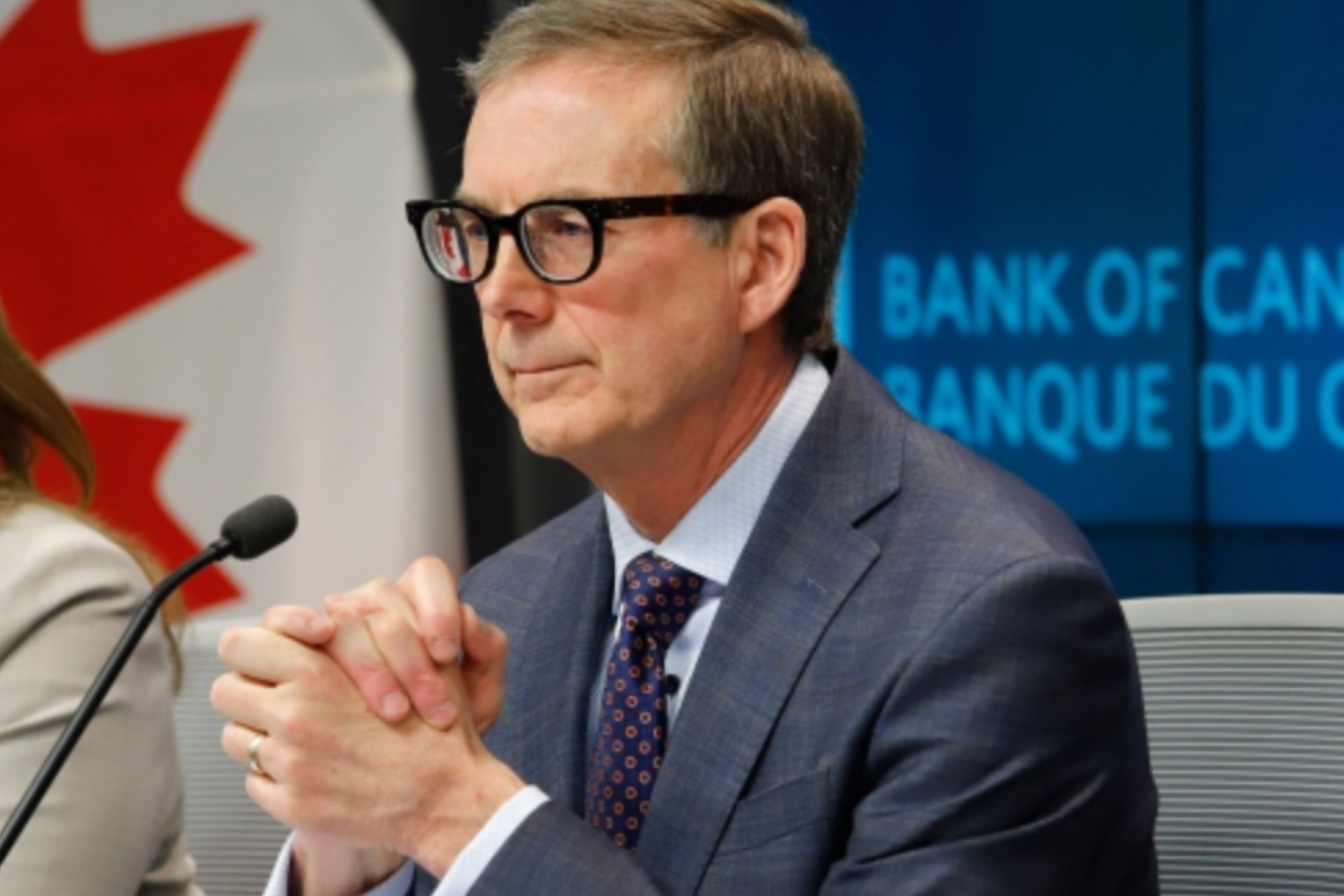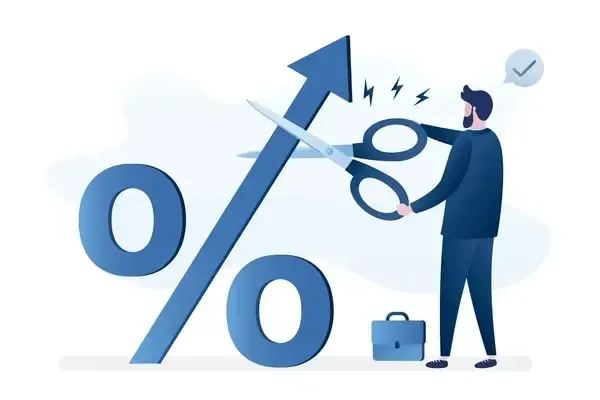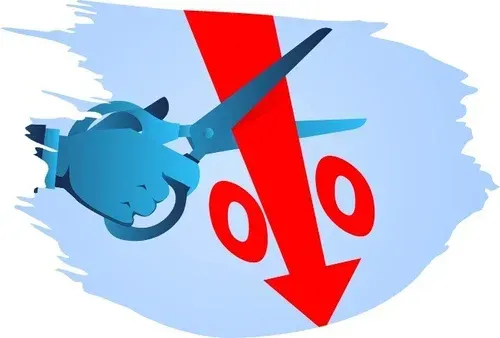Bank of Canada Summary April 2022
BREAKING: Bank of Canada Announces First 50 Point Increase in Over Two Decades
As anticipated, The Bank of Canada increased its overnight rate target by 50 basis points today, initiating the start of quantitative tightening. Specific to Variable Rate Mortgage holders, Prime will increase from 2.70% to 3.20%.
The Bank is also ending reinvestment and will begin quantitative tightening (QT), effective April 25. Maturing Government of Canada bonds on the Bank’s balance sheet will no longer be replaced and, as a result, the size of the balance sheet will decline over time.
BoC Announcement Highlights:
- Russia’s ongoing invasion of Ukraine is causing unimaginable human suffering and new economic uncertainty. The Bank continues to monitor the situation closely as price spikes in oil, natural gas, and other commodities add to inflation across the globe. The Bank’s outlook for inflation in Canada and the substantial upward revision is a direct cause of these factors.
- The war in Ukraine is disrupting global recovery from COVID-19. China’s economy is facing new outbreaks and an ongoing correction in its property market. Demand remains strong in the United States, with indication of the use of its monetary policy tools to control inflation.
- Housing activity remains strong in Canada with an excess of demand. Overall, growth in the first quarter was stronger than projected but is expected to moderate over the course of the next quarter.
- CPI inflation is currently at 5.7%, well above the January forecast. Inflation is being driven by rising energy, food process, and supply disruptions. Inflation is expected to average 6% in the first half of 2022 and remain well above the control range for the year.
- There is an increasing risk that expectations of elevated inflation could become entrenched. The Bank will use its monetary policy tools to return inflation to target and keep inflation expectations well-anchored.
A Look Ahead:
With the economy moving into excess demand and inflation persisting well above target, the Governing Council judges that interest rates will need to rise further. The policy interest rate is the Bank’s primary monetary policy instrument, and quantitative tightening will complement increases in the policy rate. Inflation is now expected to ease to about 2½% in the second half of 2023 and return to the 2% target in 2024. The Bank’s commitment to achieving the 2% inflation target will be guided by ongoing assessments of the economy.
What does this mean for your mortgage?
We haven’t seen a 50 basis point increase since the year 2000. As the price of bond yields rise, lenders are decreasing the variable rate discount from prime. Homebuyers and existing homeowners looking to secure a new mortgage will have to qualify under the stress test guidelines: the greater of 5.25% or the contract rate + 2%. The higher the mortgage rate, the lower the qualifying mortgage amount will be.
Fixed or Variable?
- Some of the best fixed-rate mortgages available today are 3.29-3.49%.
- By comparison, variable-rate mortgages are offered at a discount of 2.05%–2.65%.
Recommendation:
Despite the 50 basis point spike, we still recommend Variable over Fixed.
- Savings: The spread (or savings advantage) is ~125 basis points if you select a variable product over fixed today.
- Flexibility: as the average life of a mortgage is 3.5 years or less, if you need to break your mortgage, the penalty on a variable (3 months’ interest) is considerably less than what you will be charged on a Fixed-rate mortgage (IRD).
- Setting payments higher: If you are concerned with ‘payment shock’, we recommend setting your payments at today’s Fixed rate level. You will absorb the impact of short-term payment increases while benefitting from lower interest savings.
- Locking-in: you always have the option to lock-in to a fixed rate mortgage at any time with no fee or penalty. With inflation potentially peaking, locking in today’s fixed rate may prove costly if lower fixed rates are available on the horizon.
- Hybrid: An option that many homebuyers are not aware of is a hybrid strategy, meaning there are products that allow the borrower to split their mortgage between fixed and variable components (and even a HELOC component) in order to hedge the risk of rising rates.
Reach out to Nest for today for a
SIMPLY BETTER MORTGAGE!










